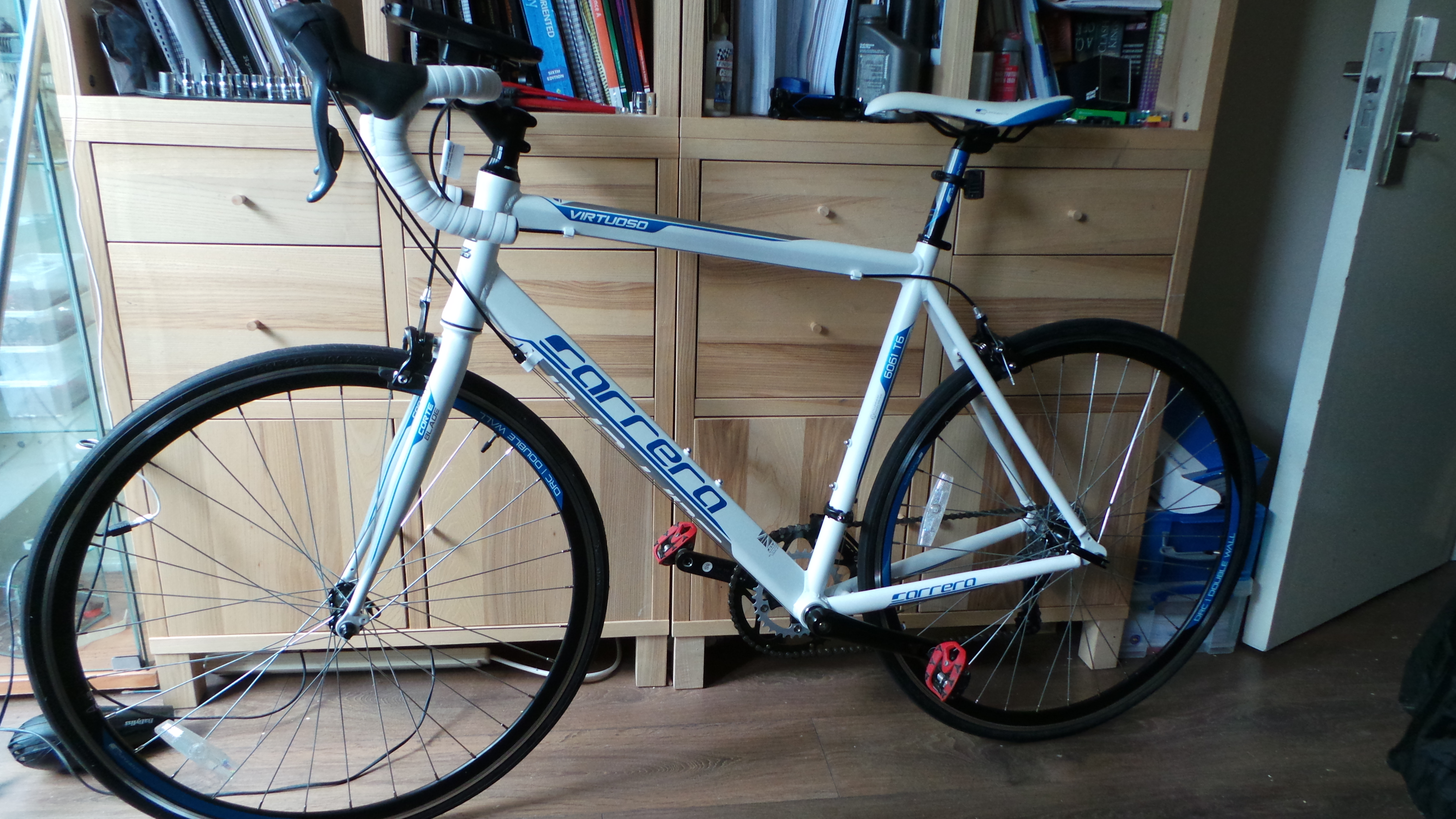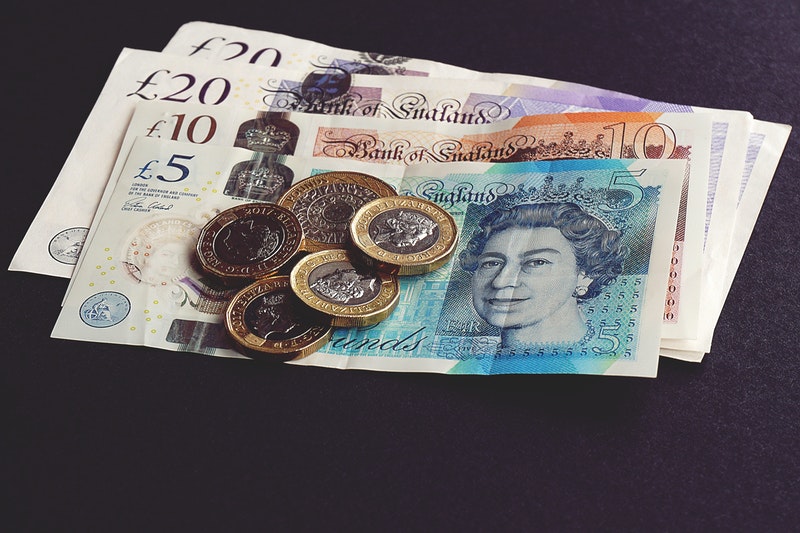Cycling in London – the pros and cons

If you’re anything like me, you are not a big fan of your commute in London on public transport. You’ve most likely seen the hordes of London commuters on bicycles and wondered why they do it.
Well here is an account of why you might consider riding to work by bicycle:
Pros:
- It is cheaper than public transport. Cycling to work costs around £10-£30 a month on average in maintenance costs, including bicycle insurance, which can be had for £5 a month. This is in my experience of course. Yours may be a lot less!
- There are various health benefits – not least of which is that most of us want to include some physical activity in our daily routine, but gym visits can be sporadic (at least for me – work gets in the way, etc). When cycling is your way to get around, you exercise twice a day as part of your commute. I’ve lost 10 kg in 2012 and had to buy new trousers. I haven’t changed what I eat, it was all from cycling.
- You get to avoid public transport. For me – this is a big one. I won’t go into detail, but hopefully we all agree that other commuters, especially during rush hour can be inconsiderate. You get to avoid all of that, including loud music leaking from cruddy headphones, as well as the enforced frottage that so many of us are subject to during out commute.
- My mornings have become more productive. I arrive at work fully awake and alert, with my heart pumped and I’m full of energy.

Cons:
- You have to shower. OR, perhaps you don’t, depending on your fitness level and your genetics. I am one of those people that needs to shower after my ride before my day at the office. I put this into the cons list because a shower may not be readily available. Thankfully in my case, the company I work for provides us with gym membership – so I use it to shower every morning, and towels are provided. It is very refreshing to have some exercise and a shower first thing in the morning, so I’ve turned this con into a pro, but it may be a con if you need to pay for a gym membership just to use their showers, or if there is only one shower available at work and you’re in a shower queue for 15 minutes and have to bring your own towel.
- Your bike might get stolen. This is – unfortunately a danger for cyclists and is something that one needs to be careful about. This can be mitigated by using good locking technique (which may be covered in another post) as well as locking up your bike in a secure area, which may not always be available.
- Road safety. This is something that we all need to be very careful with. In short, road safety involves asserting dominance in traffic, correct lane positioning, NOT riding in the gutter, indicating and those are just some basics. Most of all, road safety involves research. There are plenty of articles out there that will explain road safety on a bicycle better than I can, so please get out there and read them. Some examples to get you started: London Cyclist Blog Safety Tips and Seven Common Cycling Mistakes. As well as this, in 2009 Camden council offered a free bicycle lesson to all residents free of charge. I took advantage of this and the 2 hours I spent with a cycling instructor proved invaluable. Check with your council to see if they offer either free or subsidised bicycle lessons.
- The initial financial outlay can be large (ish). A very basic but decent set up could set you back £250 for the bike, £50 for locks, £30 for cycling lights – £330 total. This is roughly 3 months’ travel card costs in London, so it does pay for itself reasonably quickly. If you don’t have the money upfront, most bicycle chain stores do some kind of finance deal, whereby you can split the cost of getting your bike and accessories over 12 months; so your travel costs could go down to £30 per month from £120 for an Oyster Travel card for zones 1-2. You can spend the remaining £90 on extra nights out, the occasional use of public transport (everyone needs a break every once in a while), the occasional cycling lesson, or just save it! There’s a recession on, after all… I would recommend spending more on your kit, however, as a nicer bike will make you more eager to get out and ride, and it will last longer. I bought £1000 worth of bike and accessories though the cycle to work scheme, paying back £50 per month for 12 months (£600). £50 a month is still less than the £120 I would pay for a travel card.
So – this is my list of pros and cons. I am a keen cyclist so I may well have missed out some cons, but I sure did miss out some pros as well. I like cycling to work, it has many benefits as I described. The disadvantages of cycling to work can be mitigated – and for me are far outweighed by the advantages.
If you’re lucky you may have someone who can lend you a bike to try out commuting on, so at least you can try before you buy. Alternatively it’s possible that you already have a bike, or a family member may have a bike gathering dust in a garage that they are willing to give to you. I bought a dirt cheap bike (£150 mountain bike) as my first bike in 2009, and I liked cycling so much that I ended up buying a more expensive bike 18 months later. The original bike is still with me, but all the components on it have had to be changed, as the originals wore out within 18 months of daily use and it made for a horrible ride. I would never go back to riding a worn out cheap bike, but on the plus side, my computing during those 18 months ended up costing me £8.30 a month! That’s less than 7% of a £120 travel card. A 93% discount on your travel costs – not too shabby, I say.





